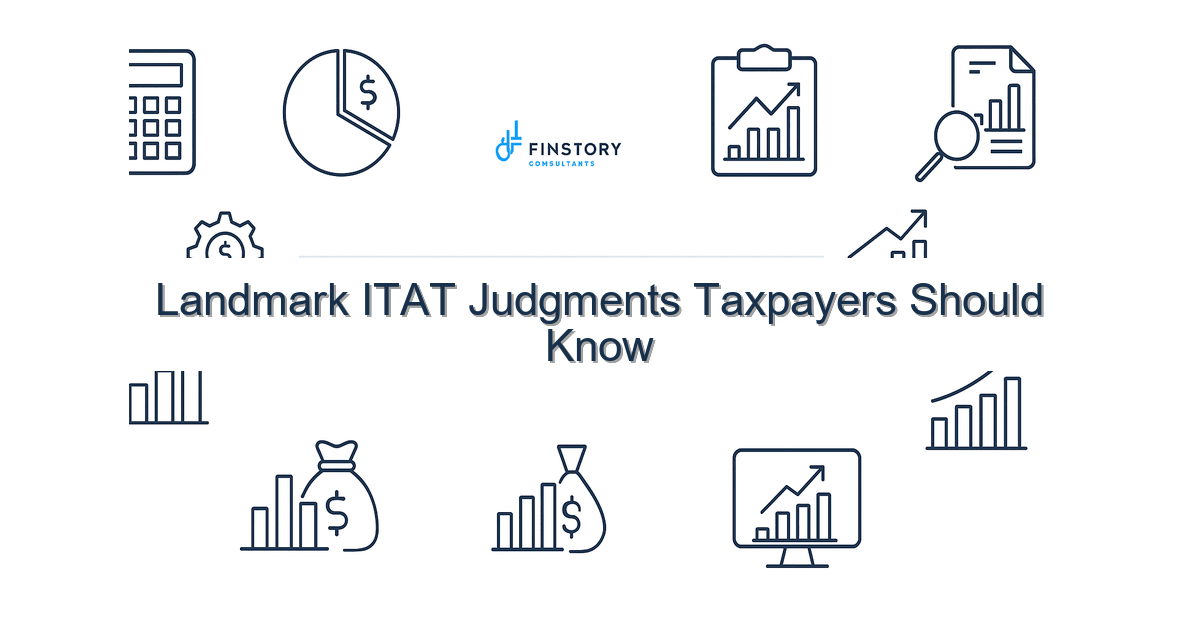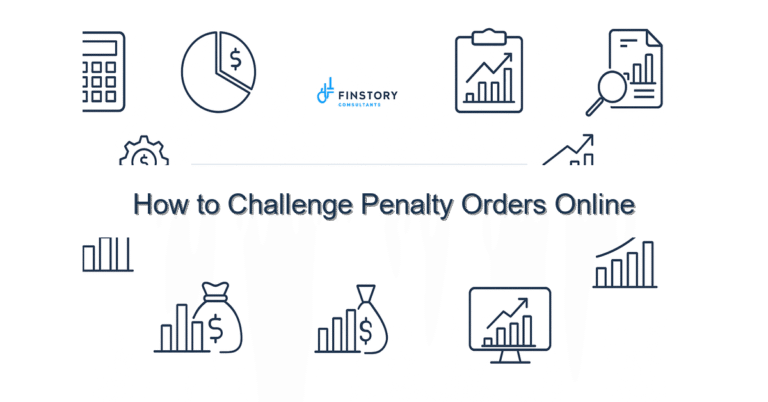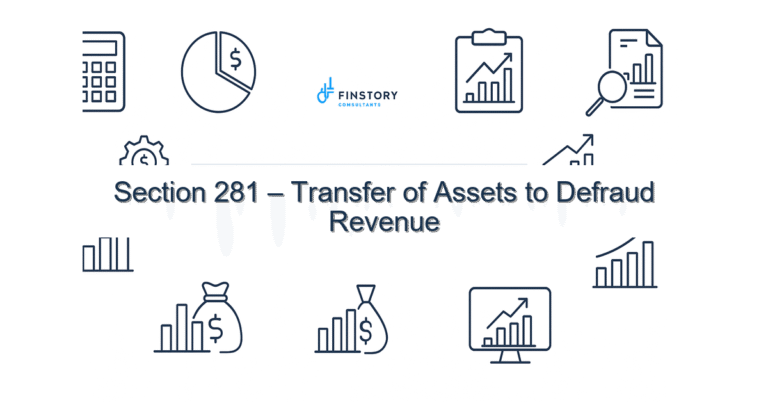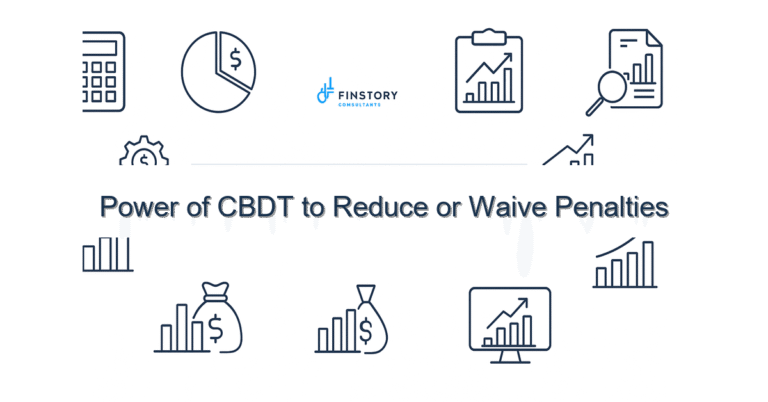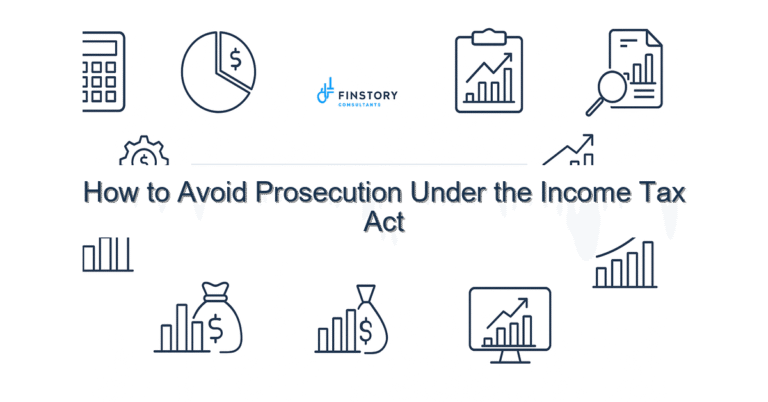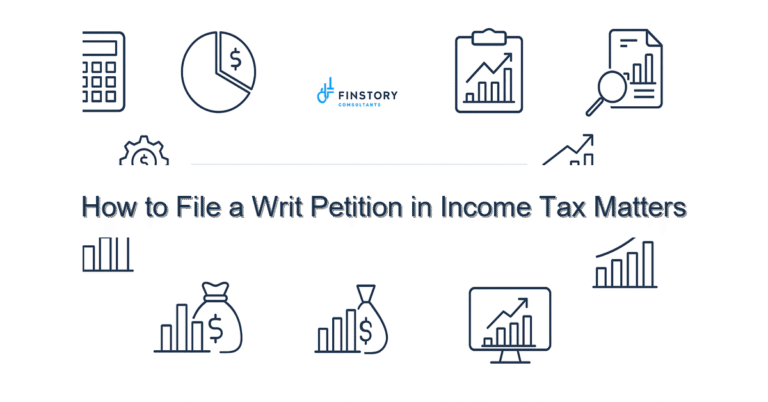Landmark ITAT Judgments Taxpayers Should Know
We know dealing with notices, complex assessments and appellate orders feels overwhelming — especially when you just want to focus on your job or business. Tax law is dense, and ITAT judgments can change outcomes overnight for salaried employees, professionals, founders and MSMEs.
Summary: This post highlights landmark ITAT judgments every taxpayer in India should know, explains common traps, and gives a practical 3-step framework plus a checklist you can act on to improve compliance and reduce disputes.
What’s the real problem in India?
Tax litigation often starts from simple misunderstandings: incorrect categorisation of income, missed documentation, or misreading TDS/TCS entries in AIS/26AS. Add frequent CBDT timelines, AY/PY confusions and changing forms on the e-filing portal, and taxpayers can feel lost. The result: higher liability, delayed refunds and stressful notices.
- Symptom 1: Receiving assessment or penalty notices without clear guidance on what to produce.
- Symptom 2: Mismatch between employer-reported income and AIS/26AS entries leading to demand notices.
- Symptom 3: Capital gains disputes due to wrong cost basis or ignoring capital gains indexation.
- Symptom 4: Choosing new vs old regime slabs without modelling net benefit and Section 80C limit implications.
What people get wrong
There are recurring mistakes that lead to litigation and loss of money:
- Assuming TDS/TCS is the final word: TDS/TCS entries in AIS/26AS may contain errors — you must reconcile before filing ITR.
- Misclassifying receipts: One famous ITAT judgment shows how classifying a receipt as capital receipt versus revenue receipt changes taxability entirely.
- Ignoring precedent: Many taxpayers miss landmark ITAT rulings that support their position on de minimis receipts, business income vs capital gains, or valuation adjustments.
- Late or incomplete responses: Missing the ITR filing last date or not responding properly to notices invites penalties and interest.
A better approach
Instead of ad-hoc responses, use a structured approach that incorporates relevant ITAT precedents into your filing and defence.
- Reconcile your AIS/26AS and bank statements before filing ITR and note any TDS/TCS discrepancies.
- Map each income type to relevant case law: capital gains (with capital gains indexation), business income, or tax-free receipts. Use ITAT rulings to build your position early.
- Document supporting evidence: valuations, agreements, invoices, and correspondence. For salaried professionals, maintain proof of reimbursements and perquisites.
Real-world story: A Bengaluru startup founder received a demand for alleged undisclosed income. By referencing an ITAT judgment clarifying treatment of share-for-services arrangements and producing simple email trails plus board minutes, they reduced demand by 85% and avoided penalty. This saved the company lakhs and preserved cash runway.
Quick implementation checklist
- Download AIS/26AS and reconcile TDS/TCS entries with your bank and payroll records.
- Check the ITR filing last date for the relevant AY/PY and set calendar reminders.
- List all incomes and classify them: salary, business, capital gains (apply capital gains indexation where applicable), other sources.
- Compare benefit of new vs old regime slabs using your projected income and Section 80C limit investments.
- Collect documentation for claimed deductions (proof for 80C, rent, medical, etc.).
- Save correspondence, contracts, valuations and invoices in one folder for easy retrieval during assessment.
- Respond to any notices within stipulated CBDT timelines — don’t wait for escalation.
- Consult precedent: search for relevant ITAT judgments before preparing submissions.
- If disputing demand, evaluate settlement vs appeal costs — sometimes compromise is the quicker, cheaper route.
What success looks like
- Faster ITR processing and timely refunds (reduction in refund turnaround time by weeks).
- Reduced number of notices and lower assessed demands (measurable reduction in notices year-on-year).
- Higher chance of successful appeals due to documented reliance on ITAT precedents.
- Optimised tax outgo by selecting the correct regime and claiming legitimate deductions (Section 80C limit utilised efficiently).
- Clearer cash-flow forecasts for founders and MSMEs with predictable tax liabilities.
Risks & how to manage them
Risk: Reliance on an inapplicable judgment or selective reading of case law. Manage: Always match facts closely to the judgment and get a second opinion.
Risk: Missing CBDT timelines or the ITR filing last date. Manage: Use automated reminders and file revised returns if needed (within permissible time).
Risk: Errors in AIS/26AS leading to incorrect demands. Manage: Reconcile with payroll/bank and submit correction requests for TDS/TCS where needed.
Tools & data
Use these India-specific tools to stay on top of records and precedent:
- AIS/26AS — reconcile all TDS/TCS and reportable transactions quarterly.
- Income Tax e-filing portal — use for filing, tracking notices and responding to orders.
- TDS/TCS tracking tools and payroll software — exportable reports make reconciliation easier.
- Case law databases and ITAT digest summaries — keep bookmarked when building your defence.
Some famous Case Laws
-
Classification of Income (Business vs Capital Gains)
-
ITO v. Smt. Sadhana Nabera (Mumbai ITAT) → Shares held as investment vs stock-in-trade; clarified taxability under capital gains instead of business income.
-
-
Capital Receipts vs Revenue Receipts
-
CIT v. Mahindra & Mahindra Ltd. → Loan waiver treated as capital receipt, not taxable as income (upheld by ITAT and later HC).
-
-
Share Premium / Valuation Adjustments
-
Vodafone India Services (P) Ltd. ITAT → Held that issue of shares at premium is a capital transaction, not subject to transfer pricing adjustment.
-
-
Perquisites & Salary Components
-
ITAT rulings have clarified treatment of reimbursements, LTA, and allowances in employee taxation.
-
-
Capital Gains Indexation
-
ITO v. Manjula J. Shah (Mumbai ITAT, later Bombay HC) → Allowed indexation benefit from the year the asset was first held, even if received by inheritance.
-
FAQs
Q: How does an ITAT judgment affect my ITR filing?
A: ITAT judgments set precedents on how certain receipts or deductions are treated. If a judgment aligns with your facts, you can follow that reasoning to support your claim or to defend against notices.
Q: What if my AIS/26AS shows higher TDS than my books?
A: Reconcile immediately. Ask the deductor to file a correction statement or claim credit while filing ITR. Keep proof—payment receipts and correspondence—handy for assessments.
Q: Should I switch between new vs old regime slabs?
A: Model both options using projected income and deductions (including Section 80C limit). Choose the one with the lower net tax for your AY/PY.
Q: How does capital gains indexation help?
A: Indexation adjusts the cost base for inflation for long-term capital assets, often reducing taxable gains. Check applicable holding periods and indexation benefits for your asset class.
Next steps
If you’re juggling a notice, uncertain about a claim, or want to model the right tax regime, we can help translate ITAT jurisprudence into a practical legal position for your case. We specialise in helping salaried individuals, professionals, founders and MSMEs understand how landmark ITAT judgments affect their returns, disputes and planning.
Work with Finstory. Speak with an Expert for a personalised plan to reduce your tax outgo and stay compliant. Book a free 20-min consultation.
📞 Need help with Income Tax in India?
Book a 20-min consultation with our tax team. Individuals, founders & MSMEs welcome.
Prefer email or phone? Write to info@finstory.net
or call +91 44-45811170.
